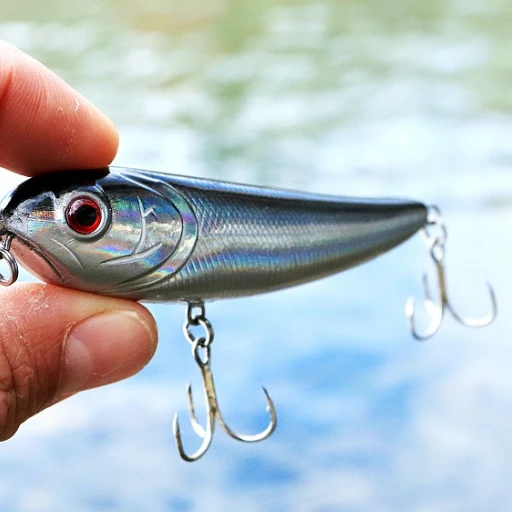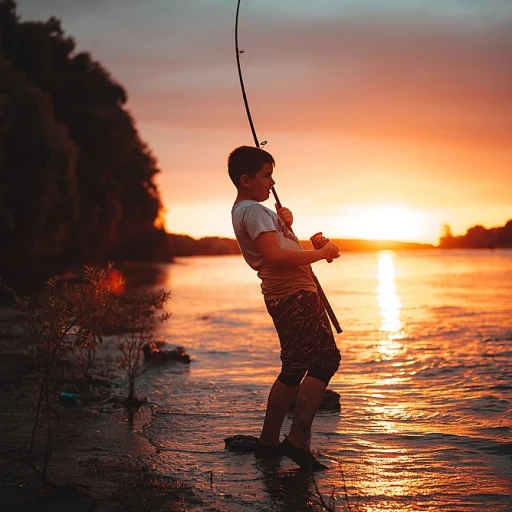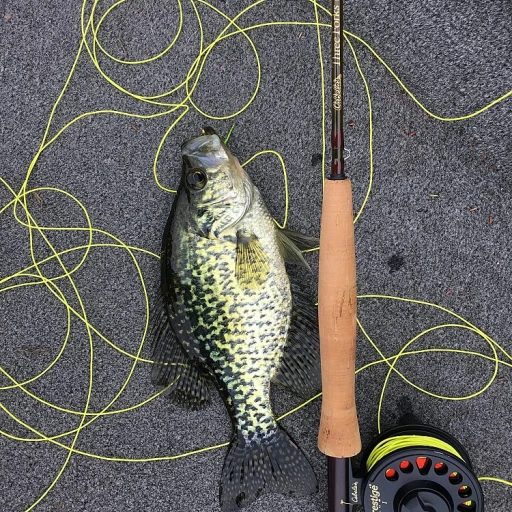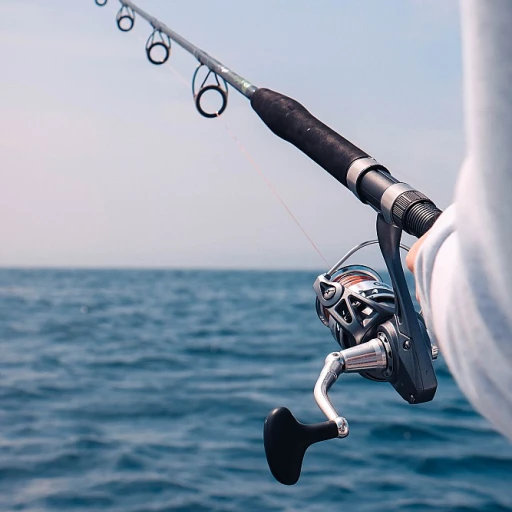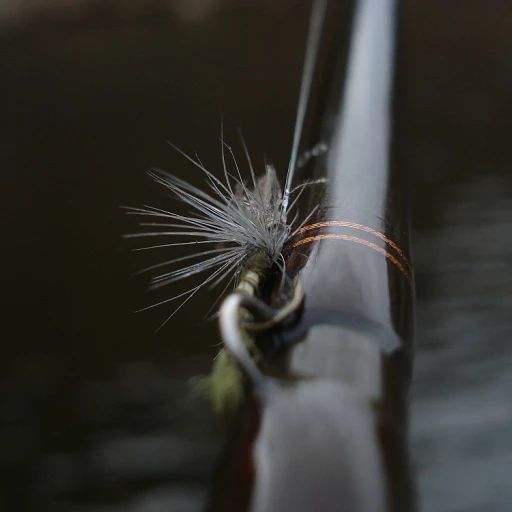
The introduction of snakehead fish in Florida
Snakehead fish making a splash in Florida
The quirky yet problematic snakehead fish first swam into Florida’s ecosystems around the early 2000s. Originally from Asia and parts of Africa, these air-breathing predators have now stirred quite a bit of controversy and intrigue among local anglers and conservationists. Known for their aggressive behavior and ability to survive on land for short periods, snakeheads have earned a bad rep as invasive species. According to the Florida Fish and Wildlife Conservation Commission (FWC), these fish pose a serious threat to local freshwater ecosystems due to their predatory nature.The accidental invaders
How did these fish end up in Florida waters? Theories point to a mix of accidental and intentional human interventions. Some believe snakeheads were released by exotic pet owners who found they could no longer take care of them. Others speculate the fish were introduced via the aquarium trade, as snakeheads are popular in fishkeeping circles. A report from the U.S. Geological Survey confirms 30% of non-native fish species in the United States were introduced through such trades.Originating from the other side of the globe
Snakeheads belong to the genus Channa and are native to parts of Asia, such as China, Malaysia, and Thailand, and parts of Africa. Two notable species found their way into the United States are the northern snakehead (Channa argus) and the bullseye snakehead (Channa marulius). The northern snakehead, known for its distinct coloration and long dorsal fins, now primarily inhabits states like Virginia and New York. On the other hand, the bullseye snakehead has settled mainly in South Florida, particularly in areas like Broward County and Palm Beach.Prepping for snakehead fishing
Despite the challenges they pose, many anglers find snakehead fishing to be a thrilling pursuit. Techniques for catching this tenacious fish have evolved, offering an adrenaline-packed experience to those brave enough to tackle them. Snakeheads are known for putting up a robust fight, making for an exciting day out on the water. However, anglers are encouraged to educate themselves about the fish's role as an invasive species before casting their lines. For an in-depth look at how fish like snakeheads breed and contribute to their ecosystem, you can check out this link. Stay tuned as we delve into identifying snakehead fish species, their impact on local ecosystems, and regulatory efforts to manage their population in the subsequent sections.Identifying different species of snakehead fish
Meet the notorious northern snakehead
The northern snakehead (Channa Argus) doesn't exactly win any popularity contests among native species. Originally from regions like China, Korea, and Russia, this fish decided to make itself at home in the U.S. mid-Atlantic states and beyond. Belonging to the air-breathing family, the northern snakehead can survive in low-oxygen waters, making it a particularly resilient invader. According to the U.S. Geological Survey, northern snakeheads can tolerate a wide range of aquatic environments, from freshwater to brackish ecosystems.Invasion of the bullseye snakehead
Many anglers in South Florida have tuned into the buzz around the bullseye snakehead (Channa marulius). Native to Southeast Asia—think Thailand and Malaysia—this species has painted quite a mark in Florida waters since its first recorded sighting in Broward County around 2000. Unlike the northern variant, bullseye snakeheads prefer the warmth of south Florida's freshwater canals and wetlands. It's got a distinctive orange eye spot, or 'bullseye,' near its tail, making it easily identifiable in the wild.The sleeper: giant snakehead
Less common, but equally troublesome, is the giant snakehead (Channa micropeltes). While not yet a major resident in Florida, it’s worth a mention due to its sheer size and aggressive nature. Typically found in parts of Southeast Asia like Malaysia and Indonesia, this species has made occasional appearances in North American waters. Known for its voracious appetite, the giant snakehead can reach lengths of up to 4 feet, making it a formidable opponent for any angler.A tale of regions: Florida and beyond
Florida isn’t the only state facing the snakehead problem. Virginia, Maryland, and Pennsylvania have also reported their lakes and rivers overrun with snakeheads. The Fish and Wildlife Service emphasizes the impact these species have on local ecosystems, often outcompeting native fish for food and habitat. https://www.fishing-magazine.net/blog/discovering-the-various-types-of-tuna-fish goes into more detail about various fish species and their introduction into different regions, offering a broader look at the issue. From freshwater canals to brackish environments, snakeheads show an uncomfortable adaptability. They're fast reproducers and opportunistic feeders, posing a significant threat to indigenous aquatic wildlife. Studies estimate a single female snakehead can lay up to 15,000 eggs at a time, meaning it doesn't take long for a small problem to turn into a full-blown infestation. Conservation efforts keep turning up new ways to control the spread, but the war is far from over."```
The impact of snakehead fish on native species and ecosystems
The destructive impact on native species and ecosystems
Beneath the serene waters of South Florida lurks an invasive predator: the snakehead fish. These creatures, particularly the bullseye snakehead (Channa marulius) and the northern snakehead (Channa argus), pose a significant threat to local ecosystems.
Snakeheads are top-tier predators known for their voracious appetite, capable of disrupting the natural balance of ecosystems they've infiltrated. A study by the Florida Fish and Wildlife Conservation Commission (FWC) noted that the introduction of snakeheads often leads to a decline in native fish populations, including cherished species like the largemouth bass.
Reproductive prowess and adaptation
Their reproduction rate is alarming: one female snakehead can lay up to 100,000 eggs annually, according to the U.S. Geological Survey (USGS). This leads to rapid population growth, intensifying their impact on the environment. Furthermore, snakeheads, being air-breathing fish, can survive in low-oxygen waters where native species might struggle, giving them an unfair advantage.
Economic toll and human concerns
On the economic front, the invasion of snakehead fish in Florida has also impacted local fishing industries. Anglers targeting native species might find their catches dwindling due to competition and predation from snakeheads. Additionally, these invaders are affecting recreational fishing, as they've become a significant draw for some anglers, altering the focus of fishing activities and potentially harming the traditional experiences some cherish.
An unsettling reality
While some might find it thrilling to catch a non-native monster, for many in Florida, the snakehead invasion is a stark reminder of the delicate balance within our waterways. Efforts by agencies like the FWC and USGS are ongoing to manage this species, but the battle is far from over. The future of native species and local ecosystems hangs in a precarious balance.
Fishing techniques for catching snakehead fish
Snakehead fishing techniques: what works best
Florida's waters have a new star in the world of angling: snakehead fish. For anglers, catching these invasive species has become a thrilling sport. Let's dive into some effective techniques to get the best catch.
Surface lures and topwater action
Snakehead fish are notorious for their aggressive bites, making surface lures a favorite for many anglers. Poppers, frogs, and buzzbaits can create an enticing commotion on the water's surface, triggering these predators to strike. Early morning and late evening, when the light is low, often provide the best times for this topwater action.
Subsurface lures for the win
Don't underestimate the power of subsurface lures like spinnerbaits or soft plastic baits. These can mimic the natural prey of snakeheads and lure them out from their hiding spots. Try different retrieves to see what works best; sometimes a slow, steady pull can be as effective as a quick, jerky motion.
Live bait for a guaranteed bite
One of the surefire ways to catch snakeheads is by using live bait. Minnows, shad, or small frogs can be irresistible to these fish. Rigging live bait under a bobber can keep it at the right depth and in the strike zone for longer periods, increasing your chances of a successful catch.
Best spots and tactics
Areas with dense vegetation, such as lily pads and weed beds, are prime hunting grounds for snakehead fish. These areas provide cover and a food source, making them ideal spots to cast your line. Look for shady locations and pockets of calm water within the vegetation to increase your chances.
Gear up for snakehead fishing
Using the right gear is crucial for a successful snakehead fishing trip. A medium-heavy rod with braided line can handle the strength and weight of these fish. A strong, sturdy hook is also necessary to ensure you don't lose your catch. For those bigger snakeheads, having a landing net ready will help you secure your prize.
With these techniques, you're well-equipped for your next adventure snakehead fishing Florida has to offer. Just remember to practice ethical angling and be mindful of the environmental impact. Happy fishing!
Regulations and management efforts by authorities
Florida's ongoing battle against invasive snakeheads
Regulating the presence of snakehead fish in Florida is no easy task for wildlife authorities. The Florida Fish and Wildlife Conservation Commission (FWC) has been at the forefront of this battle, implementing various strategies and regulations to manage the spread and impact of snakehead fish effectively. Snakeheads, particularly the Channa argus (Northern snakehead) and Channa marulius (Bullseye snakehead), are known for their aggressive behavior and adaptability, threatening native species and ecosystems alike.
According to a report by the U.S. Geological Survey, snakeheads can tolerate a wide range of environmental conditions and are capable of surviving in degraded habitats. This makes them especially challenging to manage. The FWC has enacted several measures, including the prohibition of possessing, selling, or transporting live snakeheads without a permit. Anglers are encouraged to euthanize any snakeheads they catch and to notify authorities immediately.
Experts like John Odenkirk, a fisheries biologist with the Virginia Department of Wildlife Resources, stress the importance of public awareness and involvement in these efforts. He said, "Public participation is crucial. Anglers need to recognize the importance of reporting and euthanizing these invasive fish. It's a team effort to protect our native ecosystems." However, enforcement of these regulations is a significant challenge due to the frequent waterway connections and the ability of snakeheads to move across land to new habitats.
Case studies have shown mixed results in controlling snakehead populations. For example, Broward County has recorded some success in reducing their numbers. Yet, despite extensive efforts, these fish remain a persistent threat across much of South Florida. Local anglers have shared gripping stories of their personal experiences with snakehead invasions, highlighting the importance of community-wide cooperation.
The FWC also works closely with the U.S. Fish and Wildlife Service to monitor snakehead populations and conduct risk assessments. The biological synopsis risk assessments are vital in shaping management policies and directing conservation resources where they are most needed.
For those interested in staying updated on the latest regulations and management strategies, or for reporting sightings of invasive species, you can visit the FWC’s official website.
Case studies: successful snakehead fishing stories
Reeling in the big ones: real-life snakehead fishing stories
Snakehead fishing in Florida has certainly turned into an adventure-filled activity for many anglers. The thrill of catching an aggressive, powerful fish keeps them coming back. Let's take a closer look at some successful snakehead fishing stories that highlight both the excitement and challenges faced by the fishing community.
One popular tale is from Phil Marks, a seasoned angler from Coral Springs. Phil managed to catch a massive 14-pound bullseye snakehead in a canal near his home. He shared his experience at a local fishing event, emphasizing the strength and agility of the fish. Phil swears by using topwater frogs as bait, stating, "The snakeheads can't resist them!"
In Broward County, another angler, Lisa Rodriguez, made headlines when she hooked a record-breaking 16-pound northern snakehead. Lisa had been targeting this fish for weeks after spotting it near a popular fishing spot. She used a combination of patience and skill, finally reeling it in with a heavy-duty rod and a sturdy braided line.
Meanwhile, down in Margate, 12-year-old Jake Sutter caught his first snakehead after just a few hours of fishing with his father. Jake's family loves spending weekends fishing, and this particular trip turned out to be unforgettable. Jake's father, Greg, proudly shared that his son had used a simple spinnerbait to catch the 9-pound snakehead, proving that even a young angler can succeed with the right techniques.
These stories aren't just about big catches, though. They also reflect the importance of community and the joy of sharing experiences. Anglers often gather online on platforms such as Facebook and WhatsApp, exchanging tips and celebrating each other's successes. Whether it's discussing the best baits, sharing location specifics, or simply telling fish tales, these interactions help build a strong network of fishers dedicated to mastering the art of snakehead fishing.
Do you have your own snakehead fishing story to share? We'd love to hear from you! Drop us a line at our contact email or join our community discussions on Twitter!
Expert insights on the future of snakehead fish in Florida
Insights from biologists and ecologists
The experts have spoken, and the prognosis on the snakehead fish in Florida is both fascinating and worrying. Dr. Leo Nico, a well-known figure at the U.S. Geological Survey, stresses that snakehead species, particularly the northern snakehead (Channa argus), are highly adaptive. “These fish can live in a wide range of temperatures and water conditions, making them incredibly resilient. They can not only tolerate different environments but also thrive,” says Nico (USGS).
Adaptive capabilities
Snakeheads have an unusual ability to breathe air thanks to their labyrinth organ, enabling them to survive in low oxygen environments. This biological trait is particularly evident in the bullseye snakehead species found in South Florida. According to the Fish and Wildlife Service, these fish can often be seen traveling from one water body to another during wet seasons.
Ongoing research efforts
Research by the Florida Fish and Wildlife Conservation Commission (FWC) is trying to keep up with the fast-spreading snakehead population in various counties, including Broward and Palm Beach. Dr. Roy Yanong, a professor at the University of Florida, outlines in his report that constant monitoring is essential. He points out, “Continual assessment of both the increase in snakehead populations and their impact on native species is crucial for effective management.” iNaturalist are proving beneficial in bridging the gap between professionals and the public.
Resources for further information and involvement
Getting involved and staying informed
The fight against the invasive snakehead fish in Florida isn’t a battle that can be fought alone. It demands collective effort and an arsenal of knowledge. Fortunately, there are numerous resources and groups dedicated to keeping you informed and engaged.
Florida Fish and Wildlife Conservation Commission (FWC): The FWC is at the forefront of managing invasive species in the state. They offer abundant information on regulations and current management efforts. Visit their official website for detailed guides on identifying snakehead species and reporting sightings.
Nonindigenous Aquatic Species (NAS) database by U.S. Geological Survey: This is a fantastic resource for the latest data on the distribution and ecological impacts of snakeheads and other non-native aquatic species in the United States. It’s a goldmine for anyone wanting to understand the biological synopsis risk and how snakehead fish are affecting ecosystems. [Official NAS website link]
Online forums and social media groups: Anglers are a tight-knit community, and platforms like Facebook, Twitter, and WhatsApp have groups specifically for snakehead fishing in Florida. Look out for pages and forums on platforms like Google LLC where you can share experiences, ask for advice, and stay updated.
The Wetland Aquatic Center in Broward County: This center has educational programs and events focusing on wetland habitats and the species that reside there, including the invasive bullseye snakehead (Channa marulius). It’s a great place to learn about how snakehead fish are impacting native species and what can be done to mitigate it.
Engage with local wildlife organizations: Nonprofit organizations often run programs dedicated to sustainable fishing practices and mitigation of invasive species like the snakehead fish. Volunteering at events or participating in educational workshops can greatly enrich your knowledge on the topic.
Learning about snakeheads is important, but staying engaged ensures we can continue enjoying Florida’s waters responsibly. As we’ve seen in case studies from around South Florida, community efforts make a real difference.

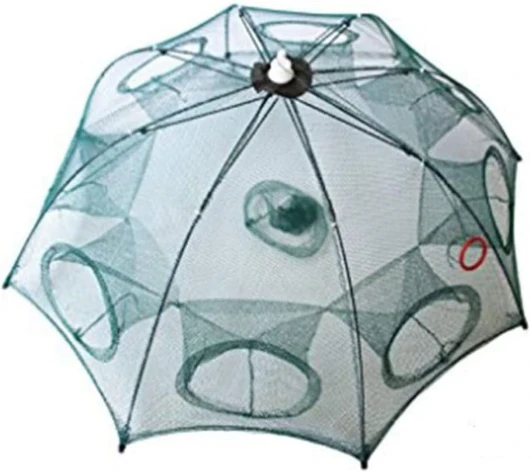
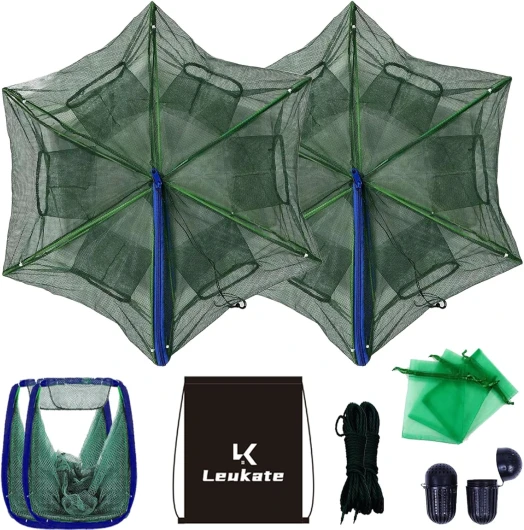
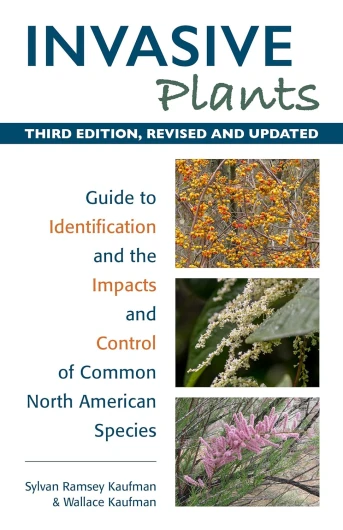
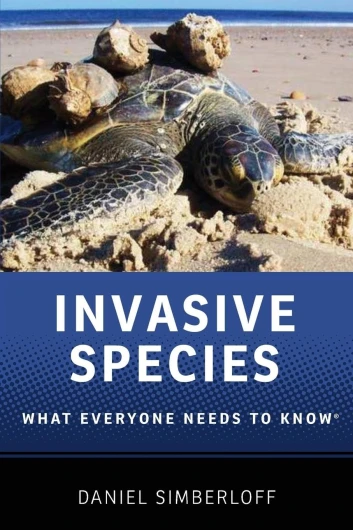
-large-full.webp)
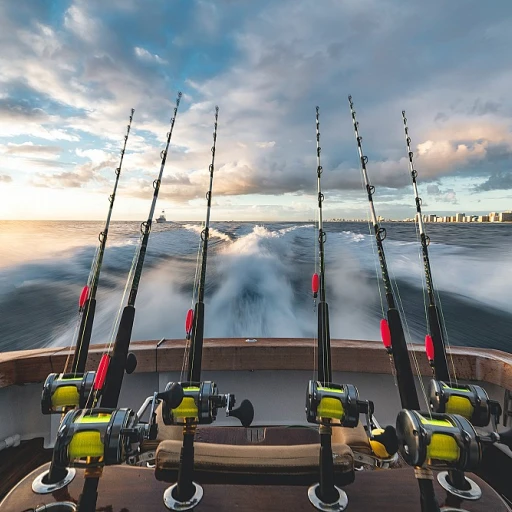

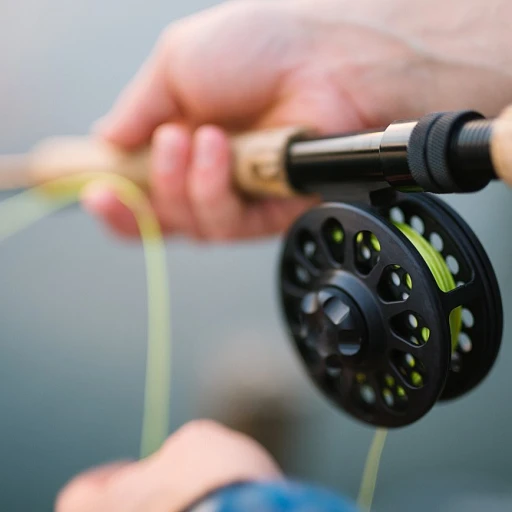
-large-teaser.webp)
